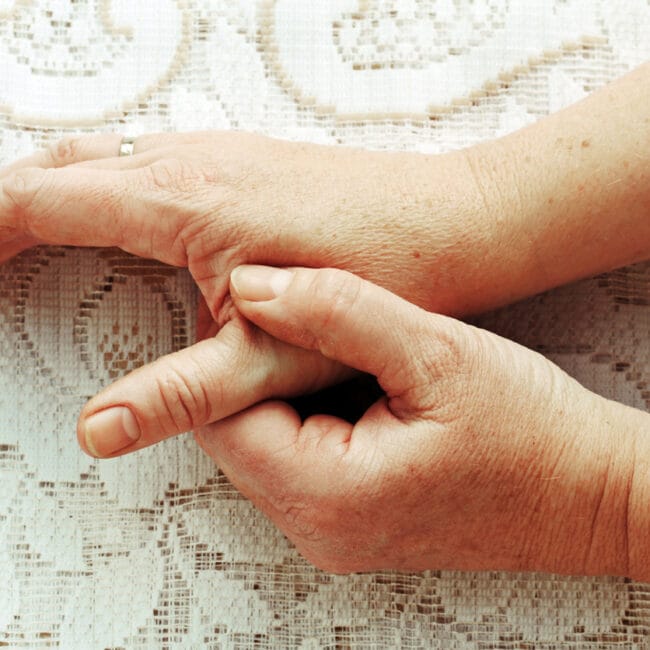The knee prides itself on being the largest joint in the body. It plays a vital role in supporting and pivoting the body, and allows movement and flexibility in a countless number of ways.
It’s made up of several tissues including, bones, tendons, ligaments, and muscles. With most of these parts capable of stretching, and yet intertwined together, knee injuries can be fairly complicated. Injuries can be the result of hard falls and collisions, sudden jerks, excessive force or even awkward movements.
Common Knee Injuries
A painful or swollen knee is a tell-tale sign of a knee injury. In most instances, a knee injury will involve more than a single structure, and the most common injuries include;
Dislocation
Dislocation is fairly common, more so among athletes and sportsmen. It occurs when the bones of the knee are either partially or completely misaligned and are thrown out of place. A scenario would be a misaligned patella. Although a rare occurrence, dislocation may be the result of an abnormal knee. Mostly they’re the result of high energy shocks, like a motor vehicle crash, or a fall from a high place.
Torn Meniscus
This usually occurs in high-speed events, especially during a sporting activity. The meniscus tears when one is tackled, after a sudden twist, or when one is pivoting wrongfully. It’s also very common in the aged (as the meniscus is especially sensitive) and in persons with a chronic disease like arthritis.
Fractures
One of the most commonly medically treated knee injuries is the fracture – when the patella or the ends of the femur or tibia are fractured. The most common cause of this type of injury is a high energy trauma, like a car accident or crash-landing from a high place.
Torn Tendons
This occurs when the knee tendons are over-stretched and torn – normally the patella and quadriceps tendons. It can befall anyone, although it’s more common amongst sportsmen. Hard falls or landing awkwardly on the knee can cause the tendons to tear.
Sprained Ligaments
The ligaments hold together the knee joint and keep it in place. If they’re stretched beyond their capacity, they bear the risk of spraining. Excessive force directed at the knee joint, or sudden twists are potentially harmful to the ligaments. It causes the knee to swell and is usually accompanied by pain. The most common injured ligament is the Anterior Cruciate Ligament (ACL), right at the centre of the joint.
First Aid to an Injured Knee
It’s always advisable to perform some form of first aid after an injury, and for a knee injury the following steps should be adhered to carefully;
- Always stop your current activity immediately
- Rest the joint and don’t walk through the pain
- Use icepacks on the knee to reduce any swelling or possible internal bleeding from occurring
- Use a bandage around the knee and wrap a part of the lower leg too
- Ensure you keep the injured leg in an elevated position
- Avoid massaging the joint even if it itches as it may swell or bleed more
- Seek medical attention immediately
In the case of a knee injury, perform some first aid then take the patient to a medical facility for more extensive examination and treatment.











